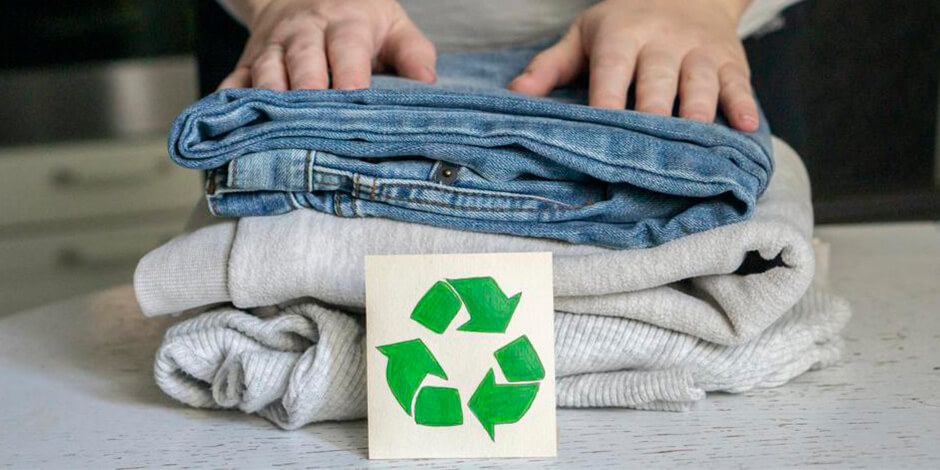One of the hot topics among retail execs these days is how frustrating it is to effectively leverage intense consumer interest in sustainable practices and products.
One of the leading problems is that sustainability has become a branding swamp.
Instead of building credibility, shoppers surveyed by First Insight increasingly tell us that the shouting match of marketing brags — about sourcing, content, recycling, and so on — is confusing.
When it comes to clothing, 40% of shoppers recently surveyed by Fidelity International said they felt “poorly informed” about sustainability. They also reported being “highly interested” in knowing more about the labor and environmental practices of a brand before they buy.
This is the grave new world of retailing.
It’s not enough to market the sex appeal of that flashy new line of footwear. Brands must be able to tell a convincing story:
- Where do their goods come from?
- How do they get here?
- Who made them?
- How were they made?
- What materials were used?
- What happens when they’re worn out?
- Most importantly - why they’re better or worth more than competing brands?
That was easier to do in March when consumers were still feeling financially fit. A majority said they were prepared to pay more for sustainable goods. Three months later, hammered by inflation, we’re all having second thoughts…
A global phenomenon that’s been dubbed the “say-do” gap.
Yes, consumers overwhelmingly want sustainable goods. But they won’t pay extra for them when they’re being reminded daily about record-setting prices for gas, food, and housing. News feeds feature a growing chorus of experts who say the economy is wobbling toward a recession.
In any event, consumers are spending their disposable dollars these days on travel, dining, and other experiences that were denied to them for two years. That new sofa can wait.
At industry gatherings I recently attended in London and in New York, top managers were second-guessing all these challenges, and asking each other, now what?
There’s no turning back. On the corporate level, sustainability has a seat at every meeting and a line in every budget. It’s the law. It’s the basis on which trillions of dollars are invested. Fortunes are being spent on ambitious, enterprise-wide sustainability and governance programs (ESG), and baked into long-term budgets.
A recent estimate from consulting giant McKinsey & Company forecasts that, over the next five years, sustainability-driven increases in the annual capital budgets of retailers will be at least 10 percent. In select categories, the authors predict increases in cost of goods sold of up to 8 percent. Staggering numbers for a business accustomed to narrow margins.
Who’s going to foot the bill?
The McKinsey report suggests that while “some investors may accept a lower return on equity in the short to medium term… others may punish the stock” when those expenses start to hit bottom lines. It may be years before investors will award the shares of retailers a so-called “green-asset premium.”
For now, somewhat like cryptocurrency, sustainability is opaque and expensive.
You can’t see or touch it. Most people struggle to define it. Yet in surveys, just about everyone thinks we should “do more” about it.
As a former retailer myself, I would be asking customers what “more” looks and feels like, and then figuring out how to deliver it.

















